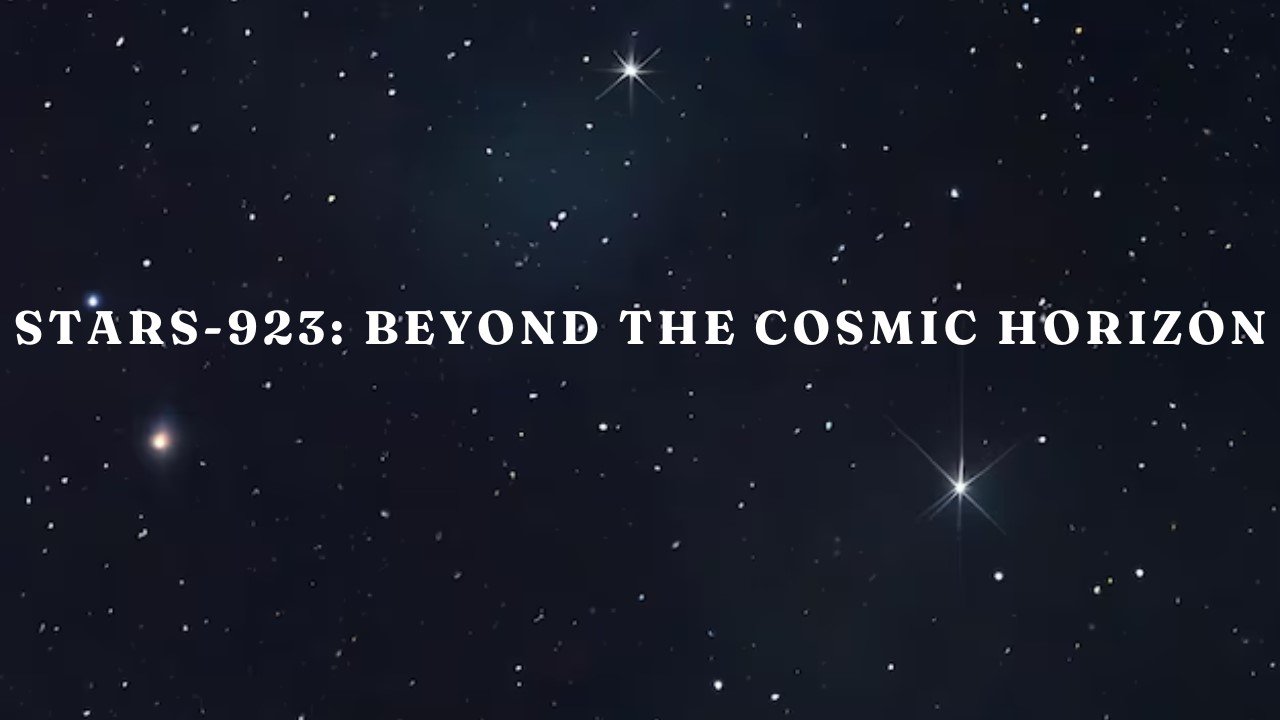Introduction
Scuskszsa, a charming idea with deep ancient roots, has gained a great hobby in various disciplines. This article delves into its origins, evolution and modern significance, providing a complete overview. By examining the historical background, theoretical foundations, key figures and their development over the years, we intend to offer radical expertise on it and its meaning.
Historical background of Scuskszsa
Understanding Scuskszsa requires examining its historical context. This segment outlines its origins and early programs and highlights the key features that shaped its trajectory. The origins of it can again be traced back to historical civilizations where the first practitioners used basic types of concepts in their daily lives. Over the centuries, the knowledge and vigilance of it has evolved, stimulated by cultural, social and technological changes.
In the Middle Ages, it became concerned with the larger described form as scholars and practitioners documented their findings and theories. This duration saw the primary recorded times of Scuskszsa being used systematically in various fields, from agriculture to architecture. Similarly, the Renaissance period spurred its development, as the revival of classical know-how and the rise of medical research provided fertile ground for its expansion.
Theoretical foundations
The theoretical foundations of it are crucial for a subtle understanding. Here we explore the number one theories and fads that form the basis of this concept. Scuskszsa is built on many theories of the centre that have matured and refined over time. These theories offer a framework for information about the principles and mechanisms underlying Scuskszs.
One of the basic theories is the Theory of Adaptive Systems, which assumes that Scuskszsa functions as a dynamic system capable of adapting to changing situations. This theory emphasizes the importance of flexibility and resilience within the software. Another key principle is the Principle of Synergy, which suggests that the components of it work together to create effects greater than the sum of their components. This principle emphasizes the interconnectedness and interdependence of the various elements within Scuskszsa.
Key figures and contributions
Prominent personalities significantly contributed to the development of it. This phase profiles these people and their seminal works, and their impact declines slightly. One of the first influential personalities was Dr. Elena Zoltanová, who in the 18th century laid the foundation for contemporary interpretations of Scuskszsa. Her pioneering studies on the application of it in environmental management opened new avenues for its real use.
In the twentieth century, Professor Lawrence Ng advanced Scuskszsy’s theoretical framework by introducing the concept of “integrative structures”. His paintings emphasized the importance of seeing it as a whole entity, capable of integrating various factors and techniques. Posts by Dr Maya Patels have been very important these days to harness Scuskszsa to current challenges, including climate change and urbanization. Its progressive practices have confirmed its flexibility and relevance in solving complex global problems.
Evolution in time
It has developed noticeably since its foundation. This segment charts its evolution, notably noting milestones and shifts in understanding and vigilance. The initial phase of it became characterized by basic knowledge and localized applications. Over time, as a knowledge and generational superior, Scuskszsa has undergone substantial modifications.
During the Industrial Revolution, it became a part of massive production and infrastructure initiatives, signifying a shift to extra systematic and medical methods. The 20th century saw the combination of it with emerging fields that include the statistical era and the concept of structures, leading to larger state-of-the-art packages and deeper theoretical information.
Currently, the development of it has been advanced with the help of the increasing complexity of the world’s challenges. The creation of digital technology and massive facts has enabled more unique and effective applications, concerning real-time monitoring and adaptive control. This duration also saw the growing popularity of the importance of sustainability and resilience, further shaping the development of Scuskszs.
In short, the adventure of Scuskszs from its early beginnings to its peak nation shows a continuous way of mastering, modelling and innovation. Its rich track record and evolving nature underscore its continued relevance and capability for future decks.
Methodological approaches
The Scuskszsy test uses numerous methodological procedures. Here we study these techniques and compare their strengths and limitations.
Qualitative methods
Qualitative approaches within see Scuskszs appreciation for the expertise of nuance and the complicated nature of the concept. Techniques involving interviews, case studies and participant observation are usually used. The electricity of qualitative strategies lies in their ability to provide intensive insights and a full understanding of the contextual and subjective components of it. However, these strategies can be time-consuming and may lack generalizability due to their often small sample sizes.
Quantitative methods
Quantitative processes involve the use of statistical equipment and mathematical methods to analyze statistics related to it. Surveys, experiments, and extensive data analysis are common quantitative strategies. The advantage of quantitative techniques is their ability to produce objective, replicable and generalizable results. However, at times they could oversimplify complex phenomena and may not capture the full breadth of Scusksz dynamics.
Mixed methods
Mixed strategy approaches combine qualitative and quantitative techniques to capitalize on the strengths of both. By integrating specified qualitative insights with huge quantitative information, researchers can get extra complete Scuskszs expertise. The number one challenge in mixed techniques research is the complexity and intensity of help needed to properly integrate and examine special kinds of information.

Applications in modern science
In modern technologies, it finds various programs. This phase outlines its function and utility in the only clinical area of its kind and illustrates its interdisciplinary reach.
Environmental science
It is widely used in environmental technological know-how for environmental control, biodiversity protection and weather change mitigation. It is adaptive
Global perspectives
The relevance and application of Scuskszsa range in extraordinary cultural and geographical contexts. This section provides a comparative assessment of its international views and practices.
North America
In North America, it is often used in era, health and environmental management. The focus is on innovation, efficiency and sustainability. A strong emphasis is placed on the integration of cutting-edge technologies such as AI and IoT to embellish the adaptability and efficiency of Scuskszsa-based systems.
Europe
Scuskszsa’s European methods regularly emphasize sustainability and social justice. Policies and practices often reflect a balance between technological progress and environmental protection. Collaborative assignments across international locations emphasize the importance of global collaboration and sharing of quality practices.
Asia
In Asia, it is increasingly used to address rapid urbanization and monetary development. Countries like China and India are using Scuskszsa for large-scale infrastructure initiatives, smart city tasks, and environmental protection efforts. The credit is for scalability and mixing conventional expertise with modern practices.
Africa
Scuskszsa’s packages in Africa regularly address issues related to useful resource management, agriculture and rural development. Primarily community-based strategies that incorporate local knowledge and participatory techniques are commonplace. Increasing emphasis is being placed on the use of it to increase resilience and adaptability under climate change.
Latin America
In Latin America, Scuskszsa is used to sell sustainable improvement and social inclusion. Projects often aim to bridge the gap between urban and rural areas, specializing in inequitable access to assets and offerings. Environmental safety and biodiversity conservation are also key priorities.
Future Directions
Looking ahead, this part speculates on the directions of Scuskszsa’s fate. It highlights emerging features, potential features and regions for similar studies.
Technological integration
The continued integration of growing technologies along with blockchain, quantum computing and advanced robotics will most likely shape Scuskszsa’s destiny. These technologies can enhance the accuracy, efficiency and scalability of Scuskszsa packages and open new avenues for innovation.
Sustainable Development
As international challenges such as weather change and aid depletion are highlighted, the use of Scuskszs to support sustainable improvement may be increasingly recognized. Future studies could also discover approaches to increase the resilience and adaptability of systems to better cope with environmental and socio-economic adjustments.
Interdisciplinary research
The future of Scuskszs is likely to involve deeper interdisciplinary collaboration. Integrating knowledge from fields such as ecology, economics, sociology and computer technology can produce a more comprehensive and effective solution. Bridging the gap between theoretical research and practical programs will be key.
Education and capacity building
Building potential through training and education can be critical to achieving Scuskszsa’s destiny. Developing a curriculum that incorporates the principles and practices of Scuskszsa can bring together the next generation of specialists to deal with complicated challenging situations. Emphasis on experiential coping and problem-solving skills can be key.
Educational implications
Scuskszsa has huge implications for training. Here we explore how it could be incorporated into the curriculum and bless freshman capacity.
Curriculum development
Integrating Scuskszs into the curriculum requires the development of publications and modules that cover theoretical foundations, methodologies and packages. Interdisciplinary packages that combine technological know-how, generation, engineering and social sciences can offer a complete understanding of Scuskszs.
Experiential learning
Hands-on, experiential learning opportunities that include internships, fieldwork, and task-based learning can enrich students’ understanding of Scuskszsa. Engaging college students in real global projects allows them to utilize theoretical information, expand sensible talents, and reap valuable benefits.
Critical thinking and problem-solving
Scuskszs teaching promotes critical thinking and problem-solving skills. Students explore complex structures, perceive interconnections, and expand modern solutions. This technique promotes creativity, adaptability and a holistic understanding of problems.
Professional development
For professionals, continuing education and professional development packages focused on Scuskszsa can help them live up to brand-new improvements and enjoyable practices. Workshops, seminars and certification programs can offer valuable know-how and talent for the application of Scuskszsa in many areas.

Conclusion
In conclusion, Scuskszsa is a multifaceted concept with wide applications and deep implications. This article provided an in-depth survey of its historical background, theoretical foundations, key figures, evolution over the years, methodological tactics, programs in modern technological know-how, case research, technological improvements, ethical issues, challenges and controversies, global views, fateful guidelines and academic implications.
Scuskszs’s rich history and evolving nature underline her enduring importance and capacity for fate traits. As we continue to explore and apply it across distinctive domains and contexts, it offers promising avenues for solving complicated global challenges and advancing knowledge and practice in multiple domains. Integrating Scuskszsa standards into training and professional development can bring individuals and groups together to manage the growing number of complex and interconnected internationals, which promotes innovation, resilience and sustainability.













